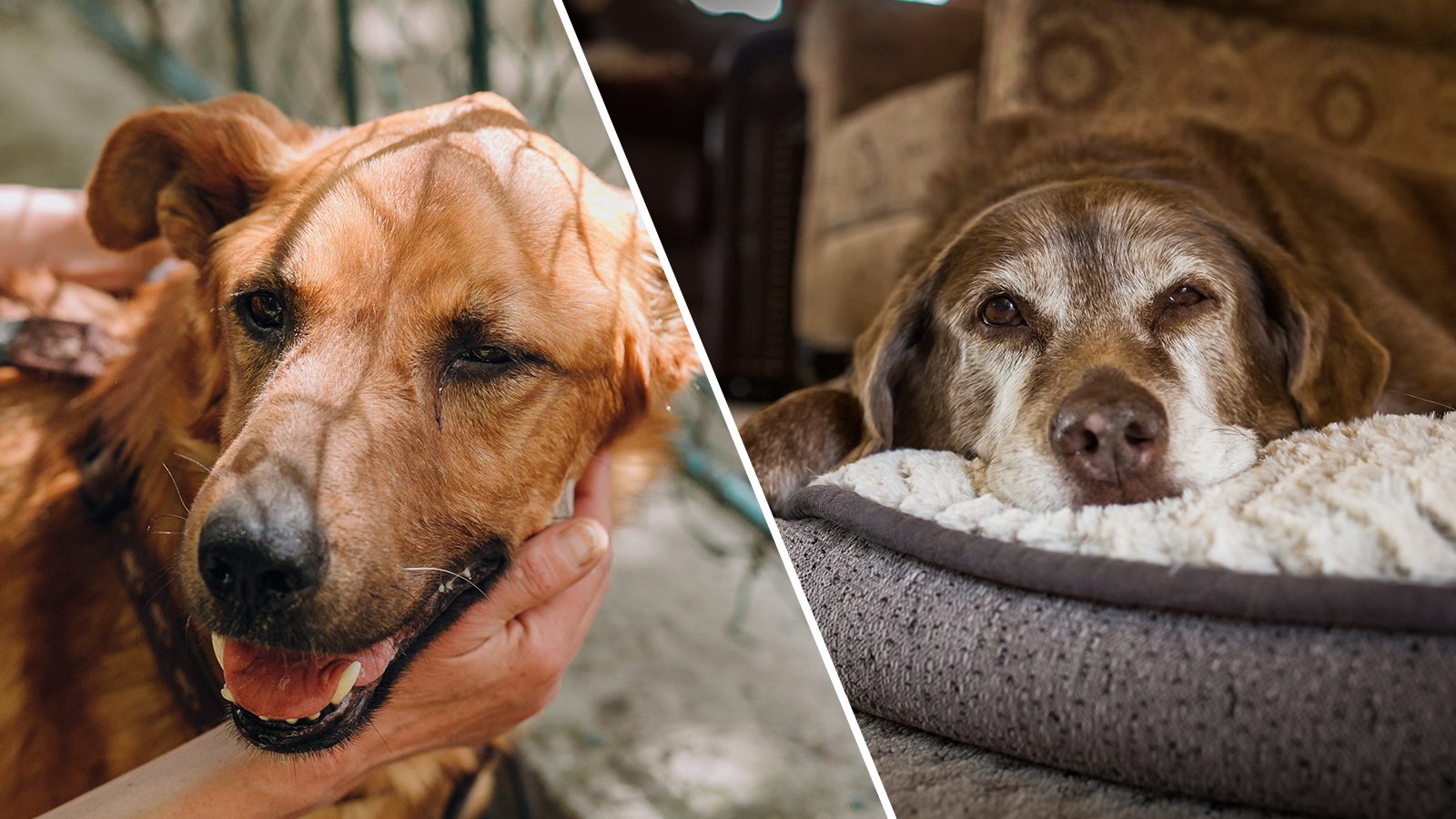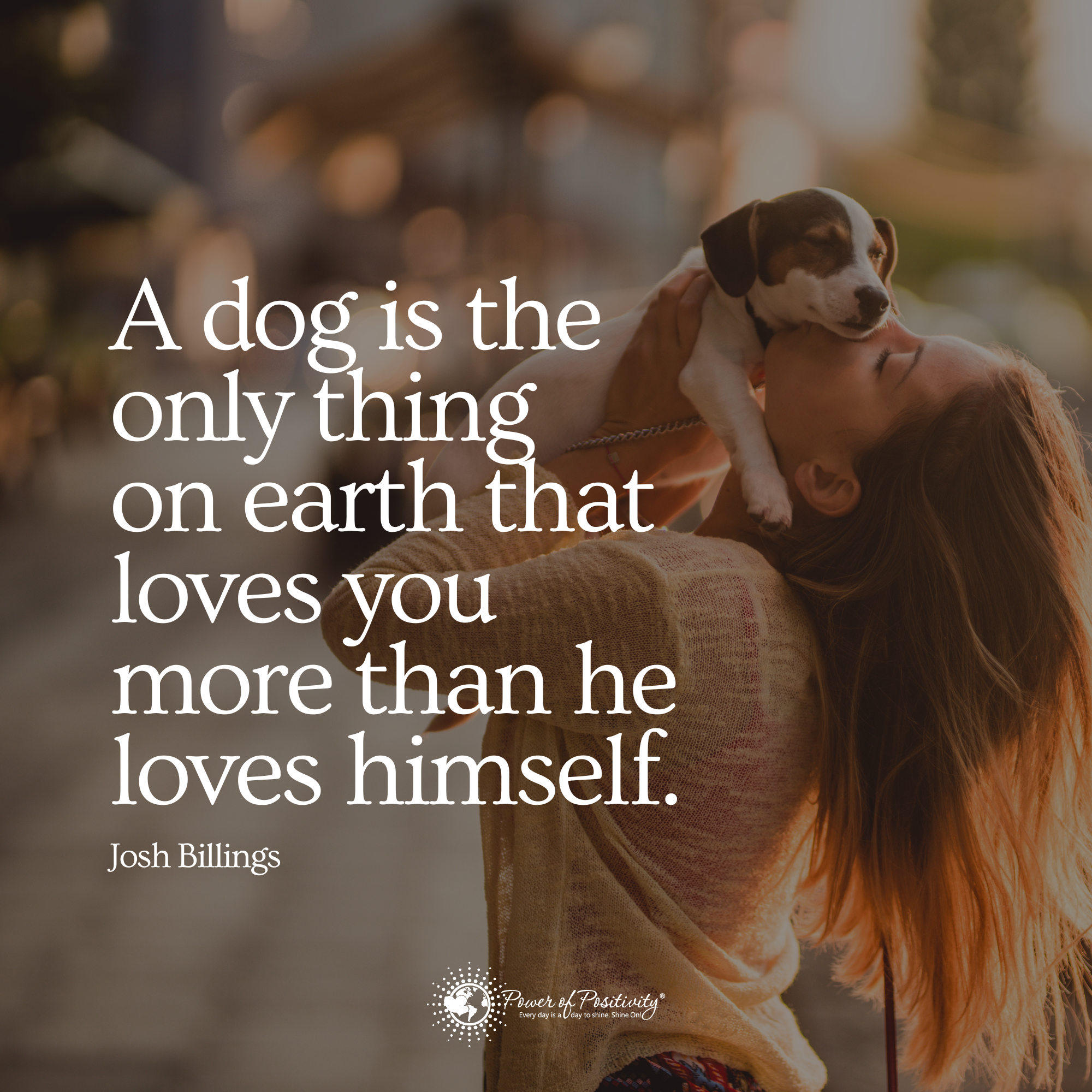Canine Cognitive Dysfunction (CCD), or dog dementia, is a canine memory disorder that causes symptoms similar to Alzheimer’s. As a dog ages, the brain can develop dog dementia. This condition causes changes in their memory, ability to learn, and behavior. Dogs over ten are most at risk, particularly inactive canines. Because dog dementia is similar to human dementia, it’s essential to know your dog’s signs of canine cognitive dysfunction. Here are ten signs to never ignore.
Are certain breeds at risk for dog dementia?
There’s no particular breed that’s prone to CCD. Any dog can develop it, but small dogs like terriers and toys are at a higher risk of developing dementia. It may be because small dogs live longer than larger dogs. Larger breeds can develop dog dementia as early as ten.
Do veterinarians diagnose dog dementia?
A study with older dogs estimated the frequency of CCD in dogs aged 11. and how often vets encounter the condition. Interestingly, there was a 14.2% prevalence of CCD, but only 1.9% of these got a formal diagnosis from a vet. These results mean dog owners are most likely to notice CCD in their pets. You may be aware of some behaviors that seem off in your dog but aren’t sure it’s dementia.
Ten signs of dog dementia most pet owners don’t know
Check out these ten signs of dog dementia that you may have ignored in the past.
1. Disorientation might stem from dog dementia
If your dog has CCD, you’ll notice they’re increasingly disoriented. Your pup might forget where its water dish is or get lost heading to bed. Dogs with CCD get stuck under the table and run into things. As your dog’s dementia worsens, they might forget their name or not recognize familiar people. They might not even identify you. The disorientation makes them feel stressed, so they look and act confused. You might need to help your senior dog navigate furniture in your home and help them find their bed.
2. Accidents in the house can reveal CCD
If your housebroken dog suddenly starts having accidents inside, it could be any number of things causing it. It’s worth a vet trip to rule out infections or other conditions. But, accidents are a common sign of the beginning stages of CCD. Your pet’s brain changes, making it difficult for your dog to remember how to do their business outside.
It’s a challenge if your dog is doing this, and you’ll need advice from your vet on how to help your pup. You might need to start taking them outside more often to avoid messes.
3. Behavior changes may indicate dog dementia
Some dogs who experience dementia become more aggressive towards people and other pets. It’s hard to control aggression in dogs. If you’re unsure of the causes of your dog’s behavior, it’s essential to see your vet. Your dog’s vet can rule out other health problems like arthritis. Other behavior changes include:
- Wandering around the house
- Pacing in circles
- Your canine cannot stay still
- Won’t play anymore
- Doesn’t want attention like petting
- They don’t get excited when they see familiar people
- Need extra attention than before
4. Confusion can stem from CCD
Dogs with canine cognitive dysfunction get confused easily, even at home. Confusion in your dogs looks like
- Forgetting commands like “sit” or “come.”
- Leaning against a wall and head pressing against it
- Getting stuck in the corner
- A puzzled look on their face
If you notice these things happening to your dog, don’t ignore them. If you don’t feel comfortable taking your poor confused dog to your vet, shoot a video on your phone and then show it to your vet.
5. Sleep changes might indicate CCD
Dog dementia interferes with your dog’s sleep. They may roam around the house all night and sleep all day. Similar to dementia in humans, dogs are affected by “sundowning,” which keeps them awake and agitated during the night. They might also howl, bark or whine during the night.
6. Separation anxiety might be dog dementia
While some dogs are less interested in being with family, others are incredibly anxious if you’re away from them. They may follow you around the house to be sure they know where you are. Other CCD behavior related to separation anxiety includes:
- Whine when you’re in a different room
- Panting
- Barking
- Howling
- Destructive behavior
7. Staring at nothing could indicate dog dementia
It’s common for dogs with CCD to spend long periods staring out at walls or into space. Some dogs lean on a wall or press their head against a wall. It’s unclear why dogs with CCD stare at walls. However, it might be one of your dog’s first signs of dementia.
8. Repetitive or restless movements could be canine cognitive dysfunction
Restlessness is common in older dogs. It could be due to arthritis in their joints. Moving around helps them loosen up. But if your elderly dog has dog dementia, they may move around out of restlessness. Repetitive movement like head bobbing, pacing, and leg shaking. These movements are signs of cognitive dysfunction and brain degeneration.
9. Trouble eating and drinking might be CCD
If your canine has CCD, they may have trouble drinking and eating. They may not be able to find their food or water bowls. Or they drop food out of their mouth and can’t find it. These are symptoms of cognitive problems; you should not ignore them. For example, if your dog sticks up his nose at his favorite treat he usually loves, you may buy another treat, thinking they’re tired of the other one. Your dog’s lack of interest in their favorite treat could be a sign there’s something else going on for them, like dog dementia.
10. Canines may become less active due to dog dementia
Dogs with CCD are less active. They may refuse to explore and don’t respond to you like they used to. Your dog may act frightened by sounds and activities going on around them. Your dog may not get up to greet you or guests but lie in their bed and stare at you.
What should you do first if your dog has dementia?
It’s sad to watch your sweet dog go through these changes. You may feel frightened by the sudden onset of dementia in your dog. Good chance there were signs, but you didn’t notice them. If you suspect your dog has CCD, take them to the vet. Several treatable medical conditions mimic dog dementia. In addition, diseases like brain tumors, tick-borne diseases, and inner ear infections mimic symptoms of CCD.
What can you do at home for your dog with CCD?
If your dog has dementia, there are several things you can do to help them feel more secure and comfortable at home.
- Diet change: Diets rich in antioxidants can reduce cognitive decline in dogs with CCD. You may also want to try supplements to relieve the symptoms.
- Medication: Your vet may prescribe hydrochloride to help control CCD symptoms. Antianxiety and depression medication may also help.
- Keep a routine: Try to avoid making too many changes. For example, please don’t move the furniture or your dog’s bed because it’s confusing to a dog with dementia. Instead, follow a regular daily routine.
- Give your dog more potty breaks: You might need to take your dog outside to pee every two hours to avoid accidents inside the house.
- Exercise: Regular exercise is vital for your dog’s mental health. Find ways to stimulate their brain with a new toy or go for a walk somewhere new for your dog.
- Expose your dog to sunlight: Exposure to sunlight can help your dog’s sleep cycle. Sunlight helps your dog’s body produce melatonin, a sleep hormone.
- Pet-proof the house: Put away items your dog might get into or chew on.
- Doggie diapers: You may need to invest in dog diapers to avoid accidents in the house.
- Anipryl: This prescription drug can alleviate some of your dog’s symptoms. It increases dopamine activity in your dog’s brain. However, it doesn’t work for all dogs.
- Try supplements: Omega3 fatty acids, SAMs, Vitamin E, Cholodin, Soliquin, and melatonin to help your dog sleep. Ask your vet about the dosage of these supplements.
- Herbal remedies: Neutricks-Made from a protein found in a particular species of jellyfish, studies show it’s safe and could help with dementia symptoms. They come in dog chews, so it’s easy to give to your dog.
- Chinese herbs: You may want to consult with a Chinese veterinarian who uses acupuncture and herbal remedies to help your pet find relief.
Final thoughts of knowing the signs of dog dementia
Canine Cognitive Dysfunction or dog dementia is similar to Alzheimer’s disease. Like humans, dogs are more susceptible to CCD in advancing age. All dogs can get CCD, but smaller dogs like toys or terriers are at a higher risk. Also, dogs over ten are more prone to dog dementia. If you notice your dog is behaving differently, looking confused, having accidents in the house, or suddenly acting aggressively, don’t ignore it. These may be signs of a severe disease or dog dementia. Be sure to take your dog to the vet immediately to rule out other things. Fortunately, you can do some things to help your pet feel more comfortable.
















 Community
Community

